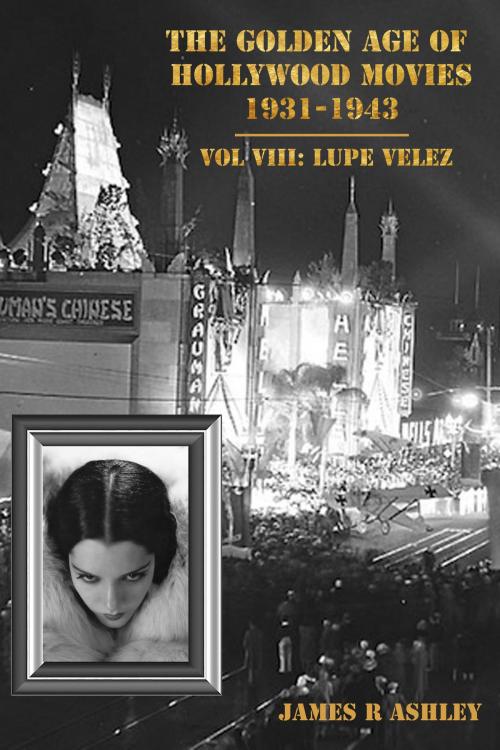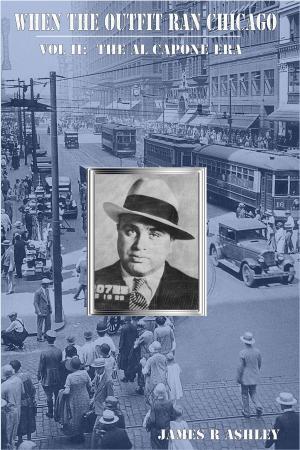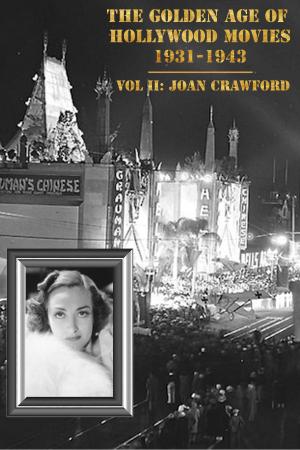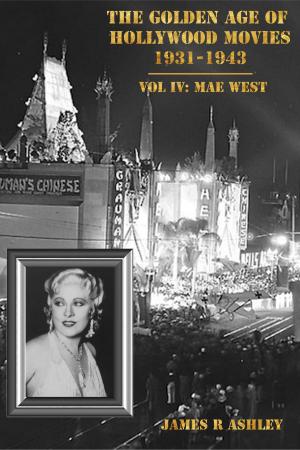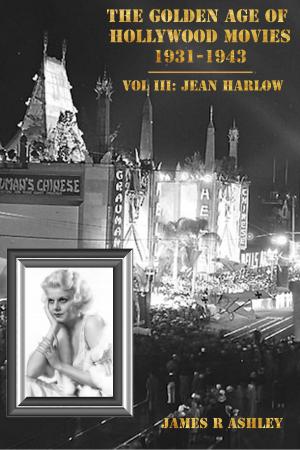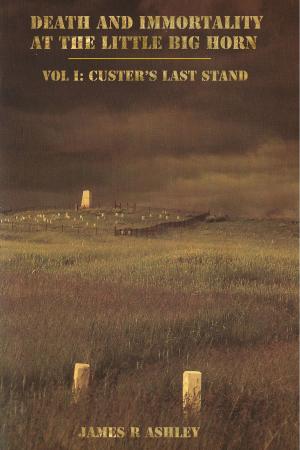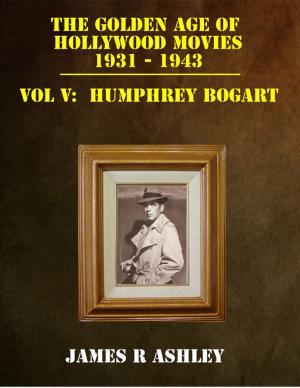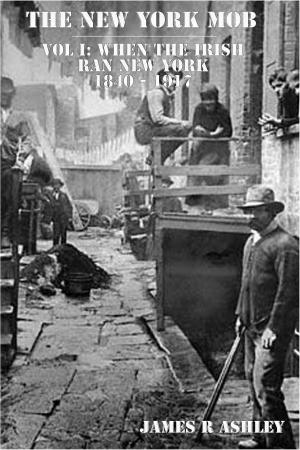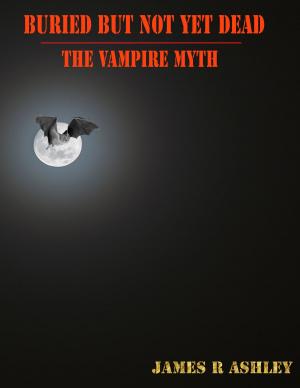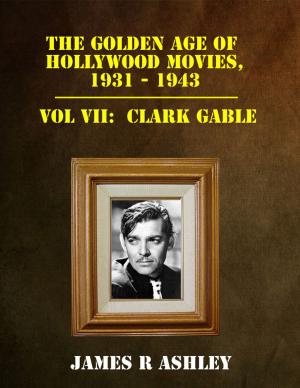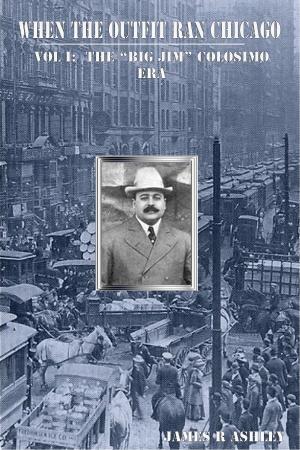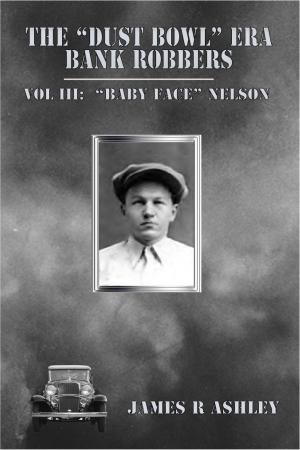| Author: | James R Ashley | ISBN: | 9781301540846 |
| Publisher: | James R Ashley | Publication: | August 20, 2013 |
| Imprint: | Smashwords Edition | Language: | English |
| Author: | James R Ashley |
| ISBN: | 9781301540846 |
| Publisher: | James R Ashley |
| Publication: | August 20, 2013 |
| Imprint: | Smashwords Edition |
| Language: | English |
Lupe Velez was the poster child for “Hollywood Girls Go Wild” during the golden age of Hollywood moviemaking. She was quite likely bi-polar and her mood swings alternated between withdrawn and depressed sometimes in private, to a spitfire wildcat in public. She was renowned for her hair-trigger temper, uncontrollable violence, and erratic actions. She would regularly beat and scratch her lovers for no apparent reason and would think nothing of engaging a strange man in fisticuffs, if he insulted the very husband she had just argued with and abused. She was known for throwing the wildest parties in Hollywood and loved to be the center of attention.
Lupe was drop-dead gorgeous when she began her career, and her presence on the screen was riveting. In her first “talkie” her dialog was limited to a repetition of, “me understand.” Quite likely because of Lupe’s heavy accent she had no future as either a romantic or dramatic actress with the advent of sound. She did, however, have a future in comedy, as her eggerated Mexican accent and highly animated mannerisms struck people of the day as comical. After being sacked by MGM for her last 2 stinko movies there, Lupe went to England to make 3 forgettable movies for British Cinema. She then returned to Hollywood and signed a contract for a third of what she had made at MGM and then made 7 Mexican Spitfire movies over a 3-year period. That, in effect, was the last of Lupe’s movie career.
Lupe’s personal life roughly paralleled her movie career. Although Lupe’s love life was a seemingly never-ending succession of men, her great love proved was to be Gary Cooper. Lupe, however, destroyed whoever she loved and the mild-tempered Cooper was unable to handle the ferocious Lupe, who started verbal fights at the drop of a hat, which usually quickly escalated into physical altercations. At the end of their relationship, Cooper had likely suffered a mental breakdown and tried to slip quietly out of town to recover his health in Europe.
Lupe now went into a downward spiral which led to her tragic end. Her career in film was for all practical purposes over. Her Mexican Spitfire “stick” was still popular with a segment of the viewing public but her unique comedy was reaching the end and the major studios had little interest in pursuing it. This had been Lupe’s signature role and either she was unable or unwilling to transition to anything else, so what that horse died, she was unable to switch to another one.
Lupe’s personal life had also run itself into the ground. Lupe’s final lover, Harold Ramond, turned out to be a disaster for her. When she became pregnant by him, he agreed to marry her only to give their child his last name, not for any love he had for Lupe. A distraught Lupe rejected his terms and in desperation saw no other way out but to end what would now be ongoing humiliation by exiting the world. The day she died Lupe poured out her heart to her 2 best girlfriends, telling them that the constant struggle she had waged throughout her entire life to be free was now was too much for her to bear any longer.
Lupe was now determined to leave the world as the star she saw herself to be. She did her hair and nails and filled her bedroom with flowers and lighted candles in preparation for the end. Putting on a pair of her favorite pajamas, she lay down on her bed and overdosed on sleeping pills. When discovered by police, they first thought that a doll was lying on Lupe’s enormous bed.
There has never been or is there likely to ever be an actress as wild and crazy as Lupe Velez. She lived life her way and died in a way she thought that a star of her stature should.
Lupe Velez was the poster child for “Hollywood Girls Go Wild” during the golden age of Hollywood moviemaking. She was quite likely bi-polar and her mood swings alternated between withdrawn and depressed sometimes in private, to a spitfire wildcat in public. She was renowned for her hair-trigger temper, uncontrollable violence, and erratic actions. She would regularly beat and scratch her lovers for no apparent reason and would think nothing of engaging a strange man in fisticuffs, if he insulted the very husband she had just argued with and abused. She was known for throwing the wildest parties in Hollywood and loved to be the center of attention.
Lupe was drop-dead gorgeous when she began her career, and her presence on the screen was riveting. In her first “talkie” her dialog was limited to a repetition of, “me understand.” Quite likely because of Lupe’s heavy accent she had no future as either a romantic or dramatic actress with the advent of sound. She did, however, have a future in comedy, as her eggerated Mexican accent and highly animated mannerisms struck people of the day as comical. After being sacked by MGM for her last 2 stinko movies there, Lupe went to England to make 3 forgettable movies for British Cinema. She then returned to Hollywood and signed a contract for a third of what she had made at MGM and then made 7 Mexican Spitfire movies over a 3-year period. That, in effect, was the last of Lupe’s movie career.
Lupe’s personal life roughly paralleled her movie career. Although Lupe’s love life was a seemingly never-ending succession of men, her great love proved was to be Gary Cooper. Lupe, however, destroyed whoever she loved and the mild-tempered Cooper was unable to handle the ferocious Lupe, who started verbal fights at the drop of a hat, which usually quickly escalated into physical altercations. At the end of their relationship, Cooper had likely suffered a mental breakdown and tried to slip quietly out of town to recover his health in Europe.
Lupe now went into a downward spiral which led to her tragic end. Her career in film was for all practical purposes over. Her Mexican Spitfire “stick” was still popular with a segment of the viewing public but her unique comedy was reaching the end and the major studios had little interest in pursuing it. This had been Lupe’s signature role and either she was unable or unwilling to transition to anything else, so what that horse died, she was unable to switch to another one.
Lupe’s personal life had also run itself into the ground. Lupe’s final lover, Harold Ramond, turned out to be a disaster for her. When she became pregnant by him, he agreed to marry her only to give their child his last name, not for any love he had for Lupe. A distraught Lupe rejected his terms and in desperation saw no other way out but to end what would now be ongoing humiliation by exiting the world. The day she died Lupe poured out her heart to her 2 best girlfriends, telling them that the constant struggle she had waged throughout her entire life to be free was now was too much for her to bear any longer.
Lupe was now determined to leave the world as the star she saw herself to be. She did her hair and nails and filled her bedroom with flowers and lighted candles in preparation for the end. Putting on a pair of her favorite pajamas, she lay down on her bed and overdosed on sleeping pills. When discovered by police, they first thought that a doll was lying on Lupe’s enormous bed.
There has never been or is there likely to ever be an actress as wild and crazy as Lupe Velez. She lived life her way and died in a way she thought that a star of her stature should.
